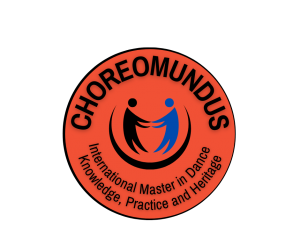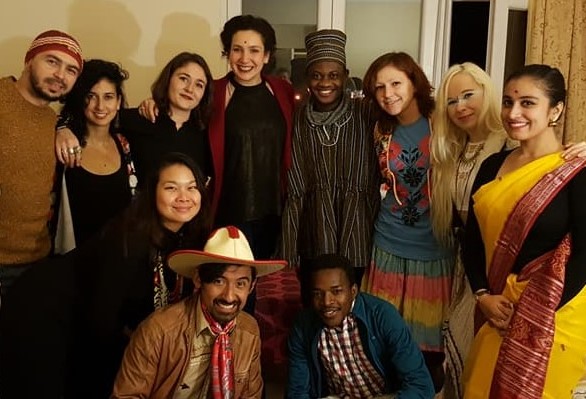
Choreomundus is an integrated joint European programme, promoted and taylor-made by the partner universities. All four institutions, therefore, take full responsibility for the whole programme and not just the section they deliver.

During the course of study, students are introduced to theoretical, epistemological and methodological issues concerning the concept of Dance Heritage, with a focus on ethnographic material drawn from the field experiences of the four team leaders. These include examples from the Nordic countries, from Eastern and Western Europe, from South Asia and Africa. Further examples will be provided by visiting scholars. The programme is committed to both movement and contextual analyses and has been designed to provide all students with a common scientific training to equip them with the intellectual tools necessary to analyse dance cross-culturally and to deal with dance as Intangible Cultural Heritage in diverse professional contexts. Fieldwork is an important feature, and brief field trips are undertaken in all four countries to allow students to engage fully with a number of European cultures. Moreover, an intensive period of fieldwork during the summer between years 1 and 2, in a country of the student’s choice, apart from the student’s residence or home country, is a prelude to the dissertation/thesis and a prerequisite to the successful completion of the Master degree.
For the Mobility path of Choreomundus 2020-2026 click here.
For the mobility path of Choreomundus 2025-2027 click here.
For Programme structure Choreomundus 2020-2025 click here.
For Programme structure Choreomundus 2024-2029 click here.